The Ritz dining room dates back to 1906, a neo-Baroque delight of marble, gilt and mirrors. Tables are large and well spread, covered with impeccably ironed white linen tablecloths. The chairs are extremely comfortable and the carpet is thick, the room having a high ceiling and plenty of natural light streaming in from the tall windows. I have written extensively about my meals at The Ritz, so please see my previous reviews for some restaurant history and analysis of the wine list. There is a wide range of menu options, from three courses for £84, through to a seven-course tasting menu at £202. We went for the latter option today.
Initial canapes were a Parmesan mousse with Kalamata black olive and basil on a shortbread base. This canape used to use a sheep cheese but I prefer the richness of the Parmesan. Duck liver parfait with sour cherry and gingerbread is a classic canape that should never change. Coronation chicken, also gently tweaked and improved over the years, is superb, the chicken filling inside a crisp cylindrical tuile. A more recently introduced canape was lobster barbajuan, a lovely pastry containing lobster meat with ginger and cardamon, bound together with a rich spiced lobster Americain sauce. This was a superb creation, a luxury take on the classic barbajuan that is often found in Monaco, the original being with Swiss chard, spinach and ricotta. The final canape was beet tartare with oscietra caviar and crème fraiche. A pate de brik tartlet case was filled with whipped and seasoned crème fraiche with a little piece of oyster leaf, all topped with a layer of beef tartare and finished with a layer of caviar; this is gloriously opulent (canapes easily 18/20).
A fairly new dish was next, Dorset crab with crème fraiche and Oscietra caviar. Here the white crab meat is mixed with crème fraiche, lemon juice, lemon zest, salt and pepper. This is garnished with chopped jelly made from Granny Smith apple juice, fennel juice, apple juice and “minus 8” verjus, with a dressing of Keffir from Hollis Mead Dairy seasoned with salt, lemon and split with an intense chive oil, finished with a generous dollop of Imperial caviar. On the side was a miniature English crumpet topped with whipped brown crab meat, cream cheese, lemon and Espelette pepper. This was a superb dish, beautiful to look at and beautifully balanced, with the gentle acidity of the apple contrasting with the natural sweetness of the crab, the other elements adding layers of complexity (19/20).
This was followed by langoustine a la nage, a signature dish of the restaurant. Large Scottish langoustines are delivered live to the restaurant, poached in butter and served with cauliflower puree, baby vegetables from Cornwall and fennel, all garnished with edible flowers from Merseyside. A nage is a stock flavoured with white wine, herbs and vegetables, and this is poured over the shellfish at the table. This is essentially a relatively simple dish, but the langoustines used here (supplied by Keltic Seafare) are top of the range and beautifully cooked. Their delicate flavour with its hint of sweetness is balanced superbly by the vegetables. This is a classic dish (19/20).
Veal sweetbread with Parmesan and Madeira was next. The sweetbreads were from Apeldoorn in central Netherlands from a butcher called Finclass, based in the Barbican. The sweetbread is cooked in a steamer then roasted with butter, thyme, garlic and rosemary and glazed in truffle sauce. The latter is made by cooking chopped Perigord truffles in butter and deglazing with Madeira. A separate Parmesan sauce is made by infusing milk with bay leaf and 36 month aged grated Parmesan and Parmesan rind. The sweetbread was accompanied by green asparagus from the Loire Valley. The asparagus was excellent and the sauce really superb. The sweetbread was precisely cooked though I think that there are better French sweetbreads than this that can be found, albeit not consistently (17/20).
Cornish turbot from a large 7kg fish was caramelised and braised in lemons, butter and rosemary, served with an Isle of Mull scallop, Romanesco (often called broccoli but technically a cauliflower cultivar), herb emulsion and an Americain and vermouth sauce. The fish had very good flavour and the broccoli complemented the rich emulsion (17/20)
Anjou pigeon was served a la presse, a technique often applied to duck. The bird is roasted and then carved tableside, the carcass squeezed in a silver press to extract the juices, which are contributed to a sauce that is flambeed at the table. The pigeon breast was served with white asparagus, finished with the red wine sauce that was flavoured with green peppercorns and duck liver and thickened with the pressed pigeon juices. The meat had lovely flavour, and the richness of the sauce was balanced by the earthy asparagus and the bite of the peppercorns (18/20).
A lemon pre dessert involved lemon curd, Moscati d’Asti foam and lemon sorbet. This dish seemed today to have been slightly tweaked compared to the last version I tried, and had excellent balance. A pre dessert should be refreshing and this fits the bill beautifully (18/20). The main dessert was hazelnut and caramel (17/20). This very prettily presented dish involved fudge, dark chocolate mousse, a puff pastry wafer, gianduja cremeux, hazelnut brislet, a sugar tune filled with hazelnut ice cream all encased with a dark chocolate cage. This is a very pretty dessert that for me has a slightly over sticky texture, but it is certainly enjoyable and visually impressive. Petit fours were dark chocolate and hazelnut praline with salted caramel, vanilla macaroon and grapefruit pate de fruits, as well as dark chocolate ganache.
Service was top-notch friendly and efficient. The bill came to £397 per person, with copious amounts of nice wine, the food element being £202 per person. If you ordered a three-course meal and shared a simple bottle of wine then a typical bill might be around £160 per head. For me this is the best restaurant in London, bar none.
BookFurther reviews: 02nd Feb 2024 | 11th Dec 2023 | 01st Nov 2023 | 24th Sep 2023 | 26th Jun 2023 | 10th May 2023 | 08th Mar 2023 | 09th Dec 2022 | 04th Nov 2022 | 30th Sep 2022 | 20th Jul 2022 | 24th Jun 2022 | 15th Apr 2022 | 08th Feb 2022 | 14th Dec 2021 | 06th Dec 2021 | 22nd Oct 2021 | 14th Oct 2021 | 25th Jun 2021 | 25th May 2021 | 15th Oct 2020 | 28th Aug 2020 | 31st Jul 2020 | 29th Feb 2020 | 19th Nov 2019 | 25th Oct 2019 | 30th Sep 2019 | 30th Aug 2019 | 16th Jul 2019 | 18th Apr 2019 | 12th Mar 2019 | 26th Sep 2018 | 01st Aug 2018 | 04th May 2018 | 20th Apr 2018 | 13th Feb 2018 | 11th Dec 2017 | 02nd Feb 2017 | 15th Jun 2016 | 27th Jan 2016 | 26th Aug 2015 | 28th Feb 2015 | 21st Dec 2013 | 24th Aug 2013 | 30th Apr 2013 | 29th Dec 2011 | 01st Feb 2011 | 01st Dec 2010


















































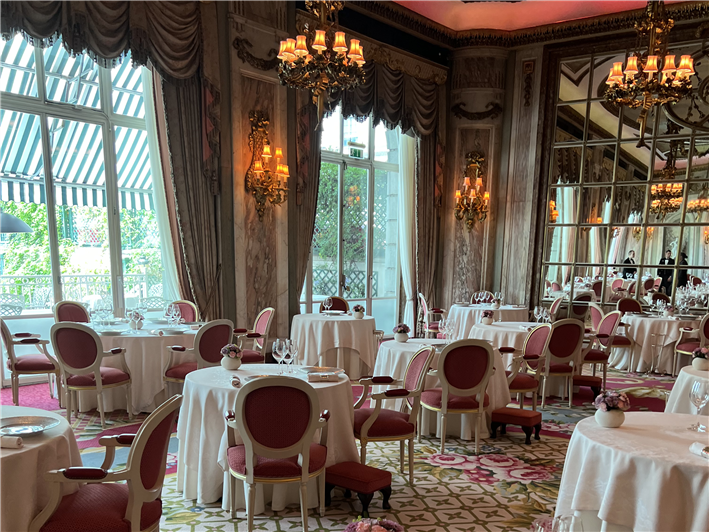

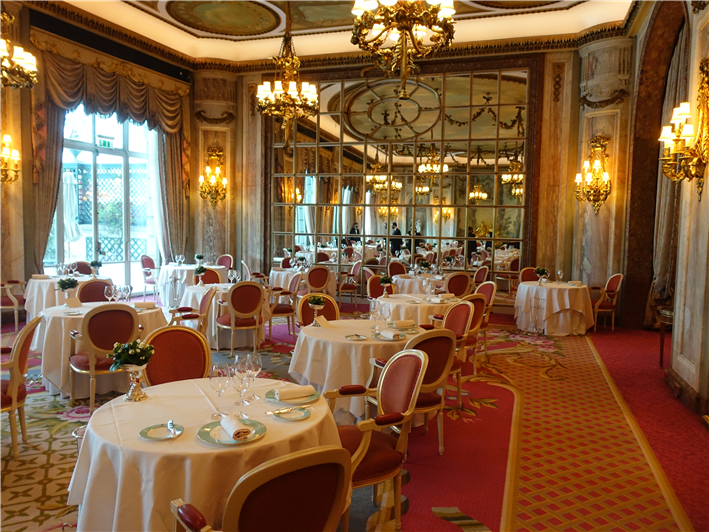

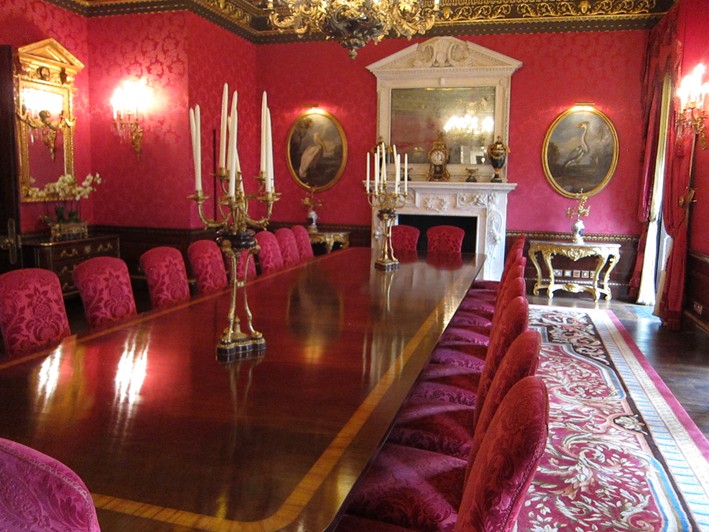
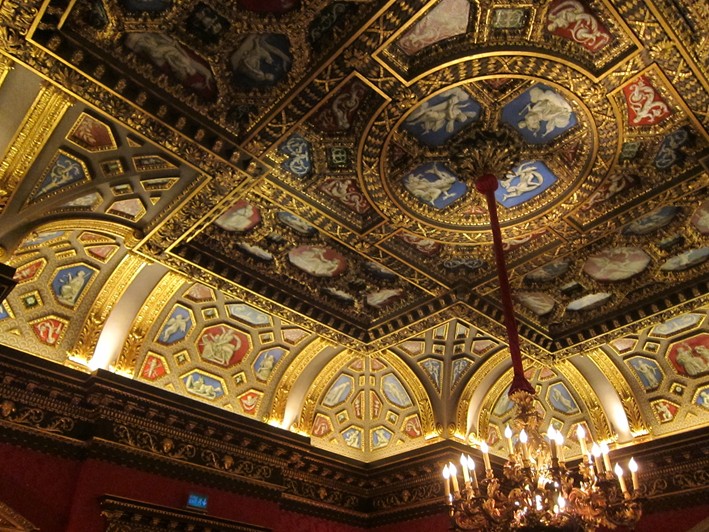
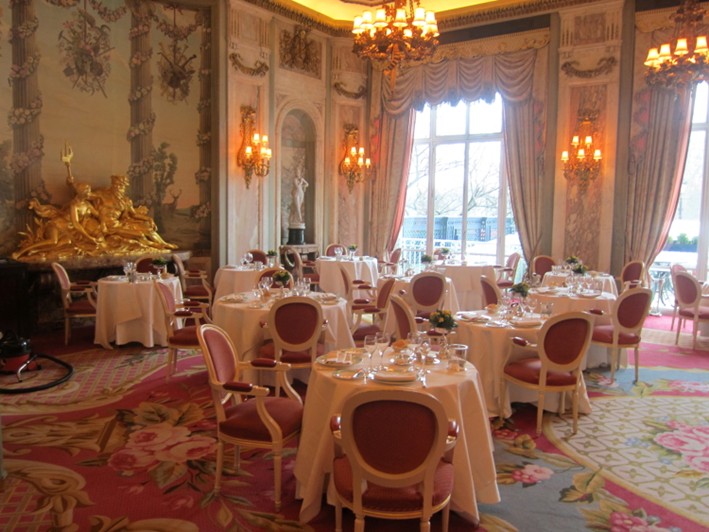


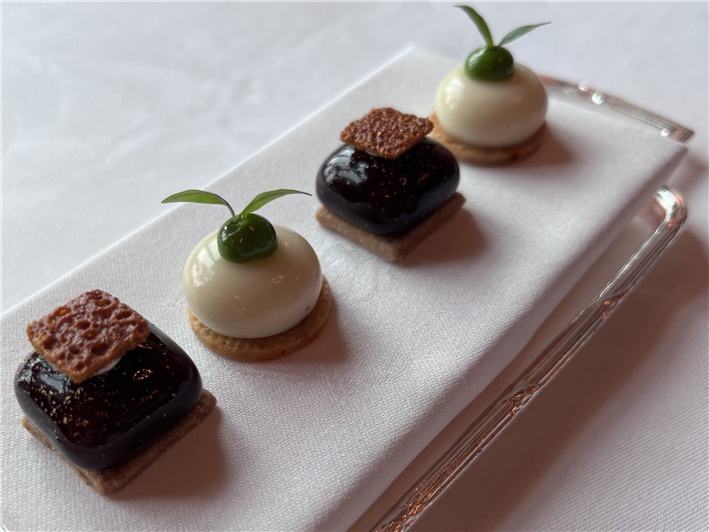


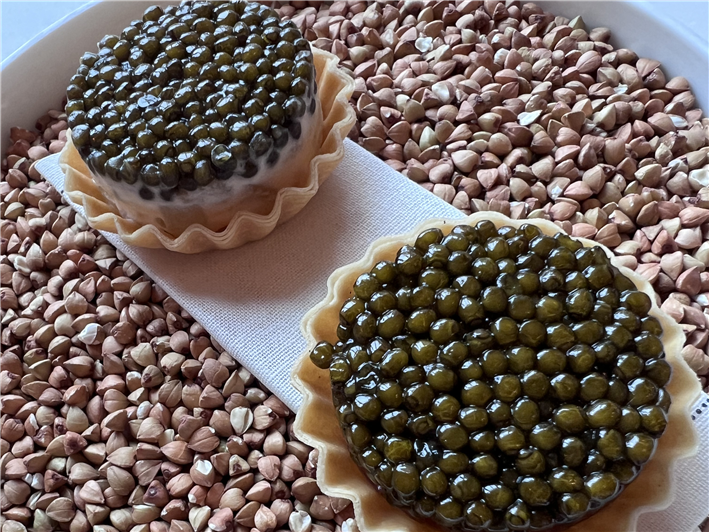
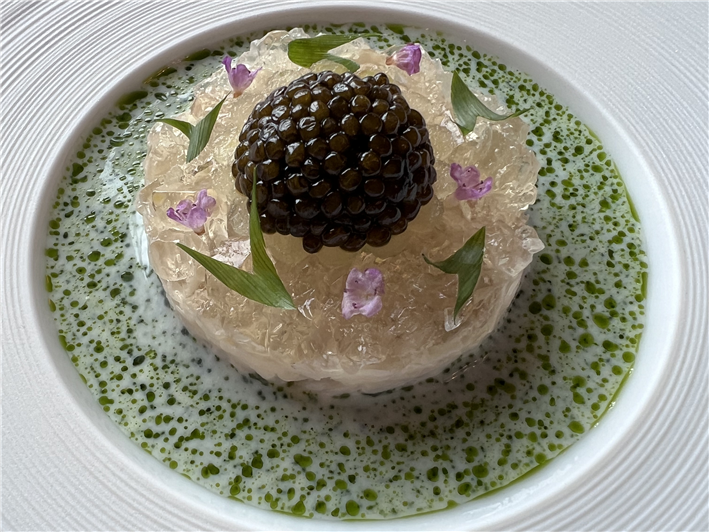


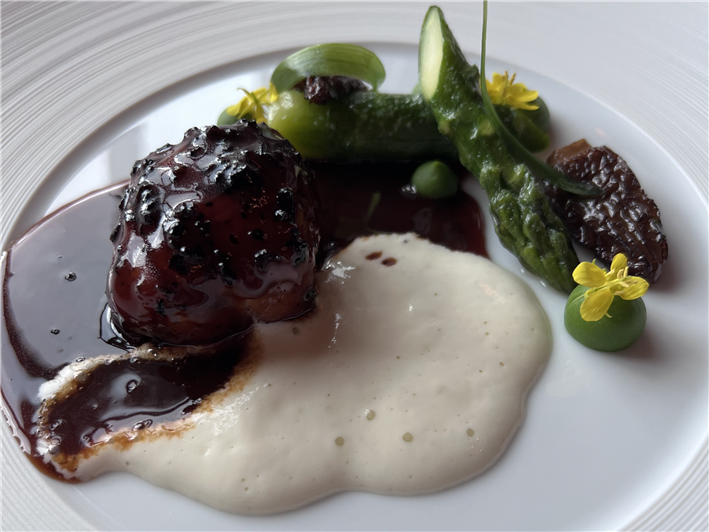
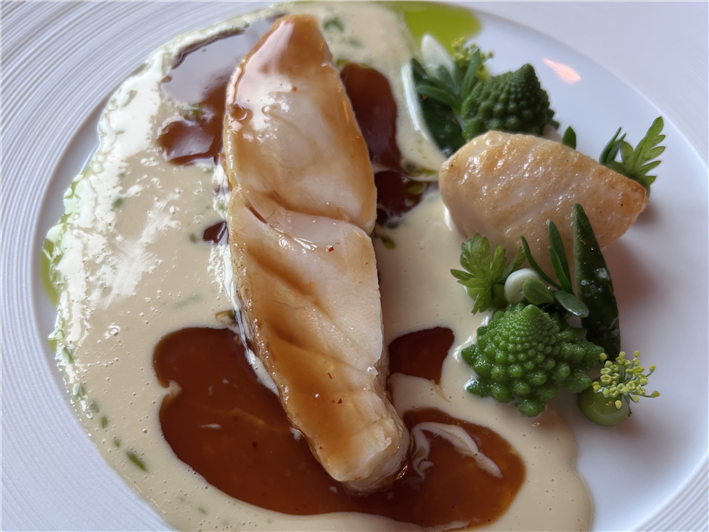

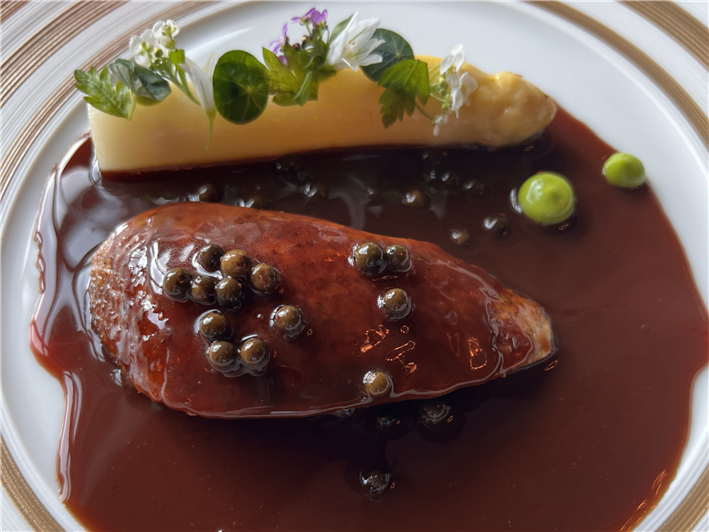


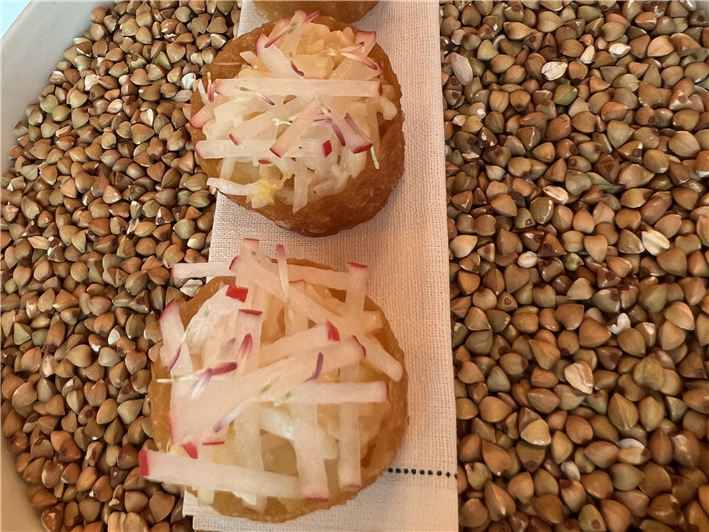

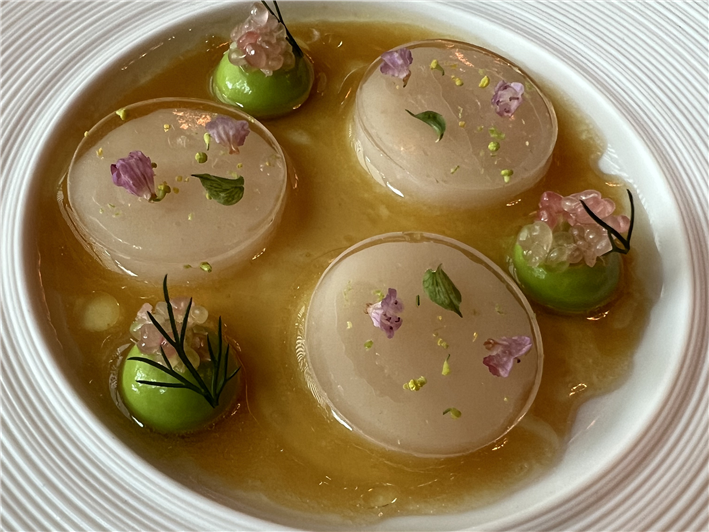
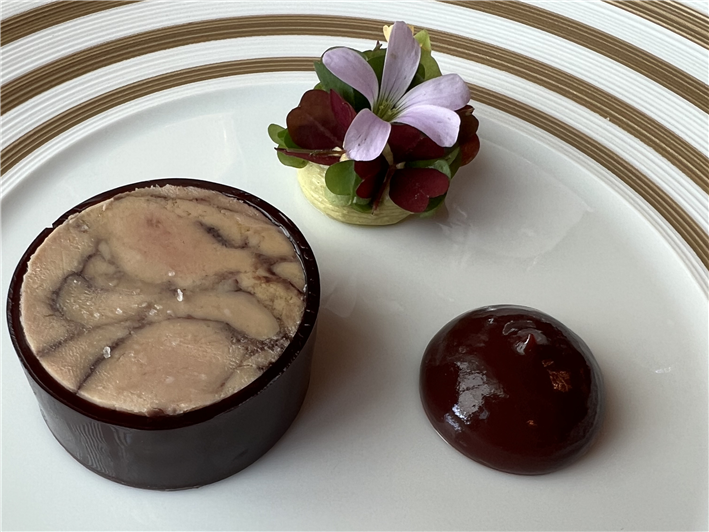
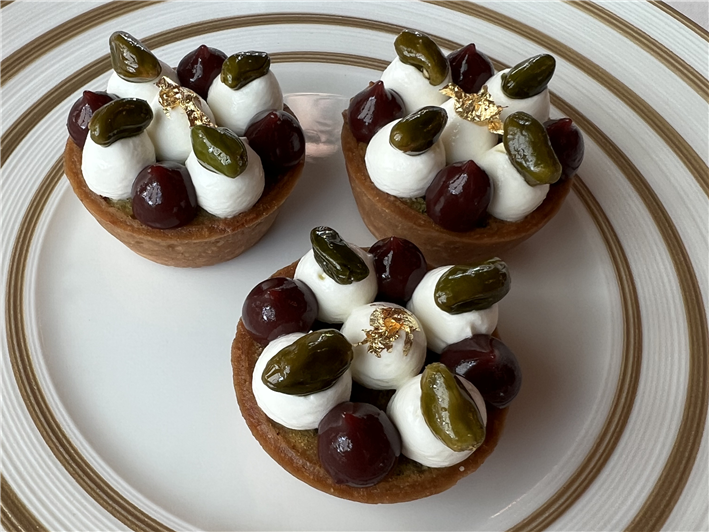

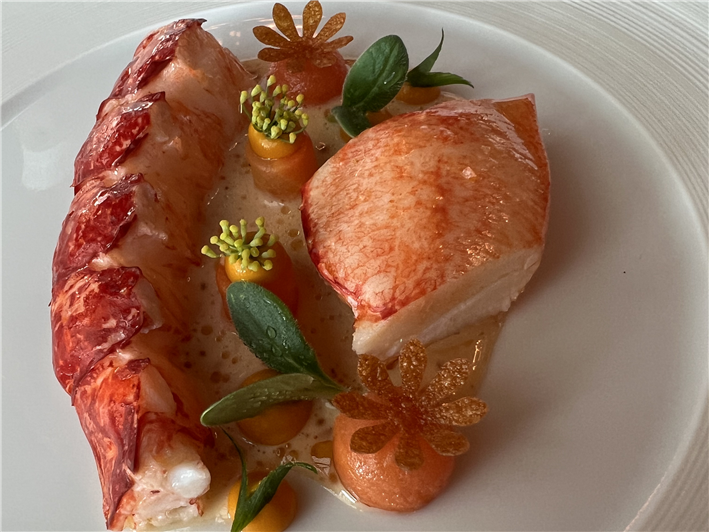
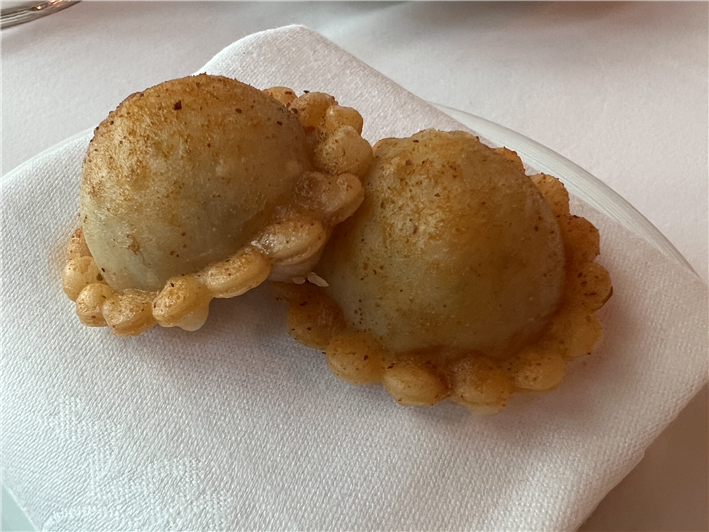

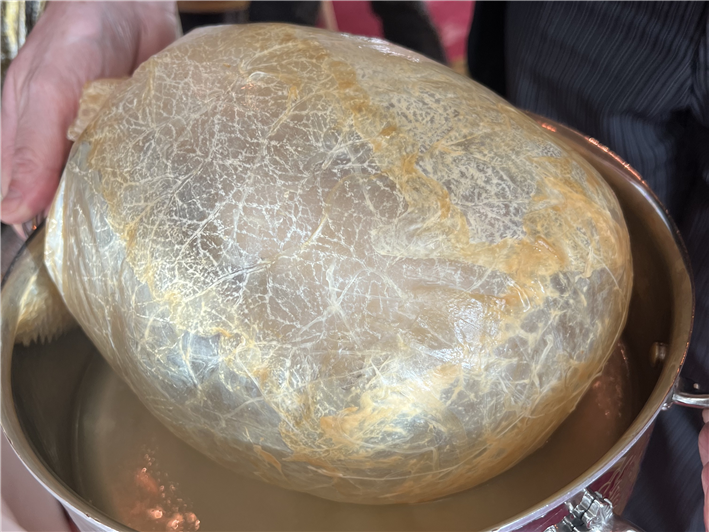
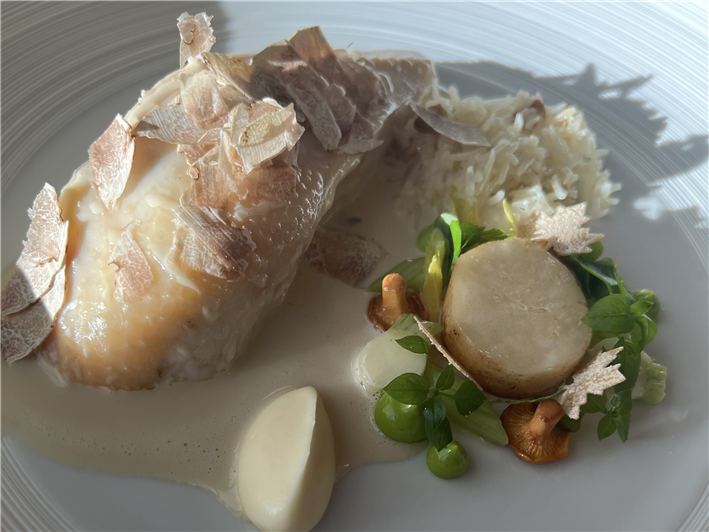
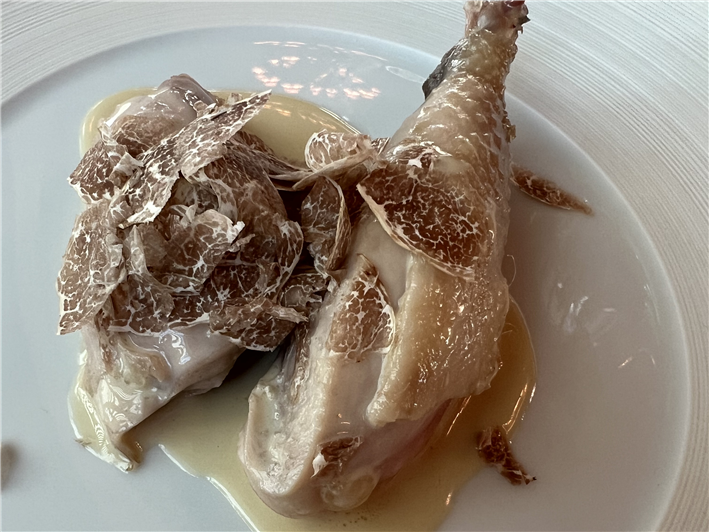
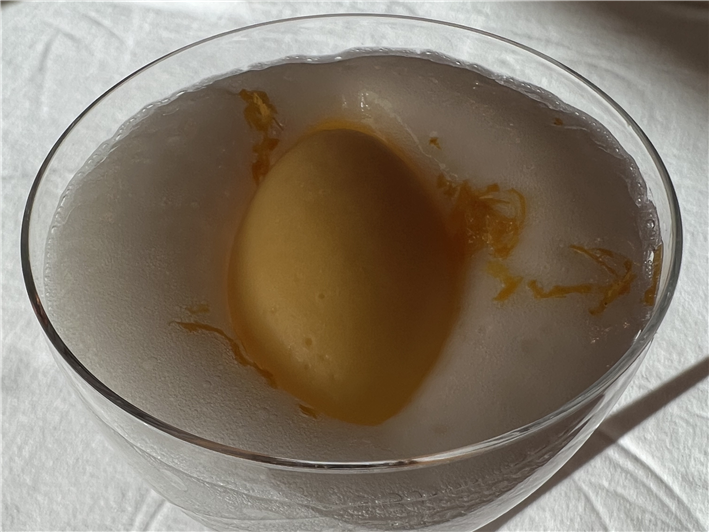
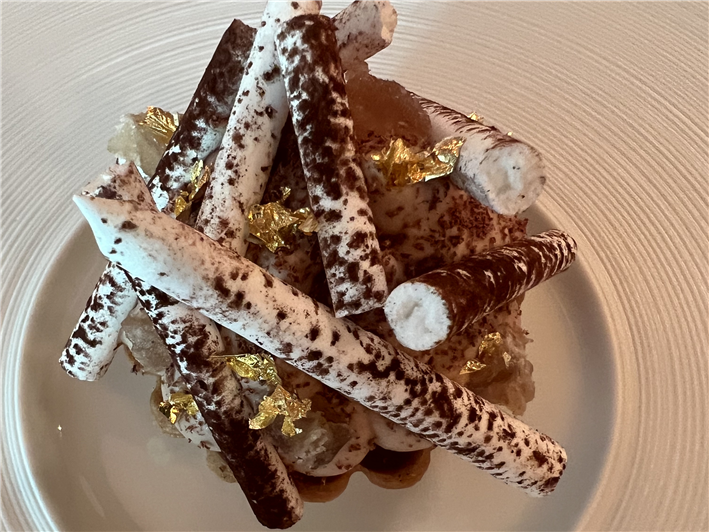
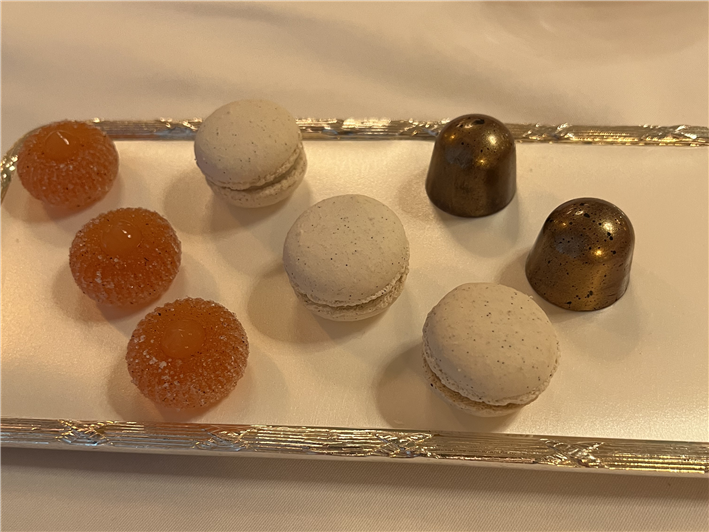


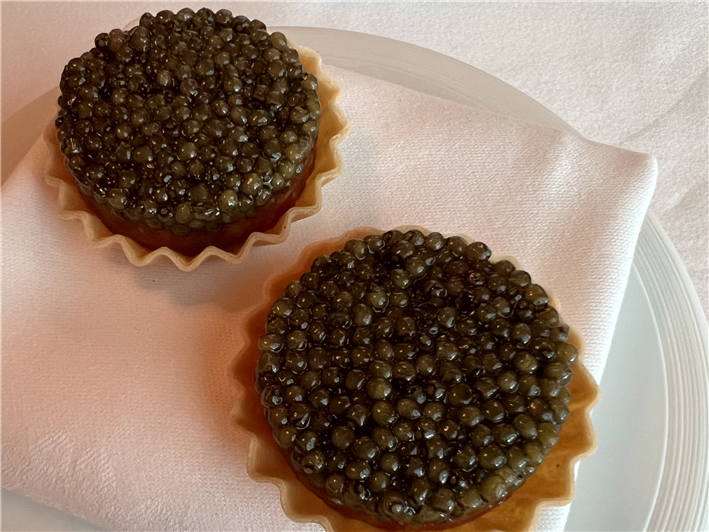
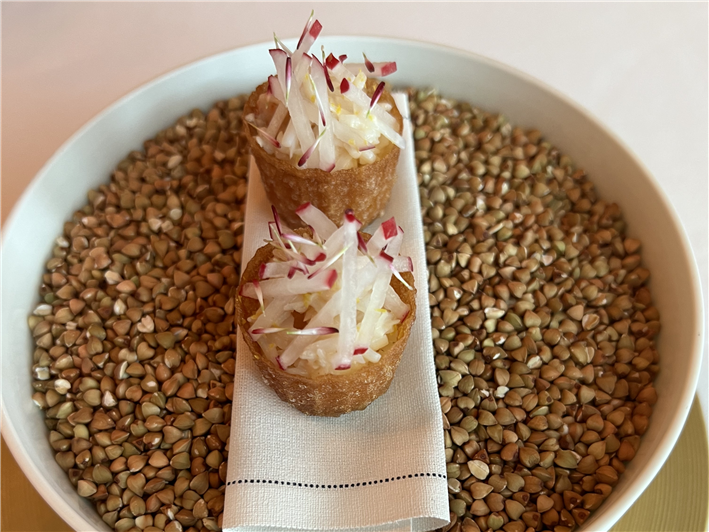
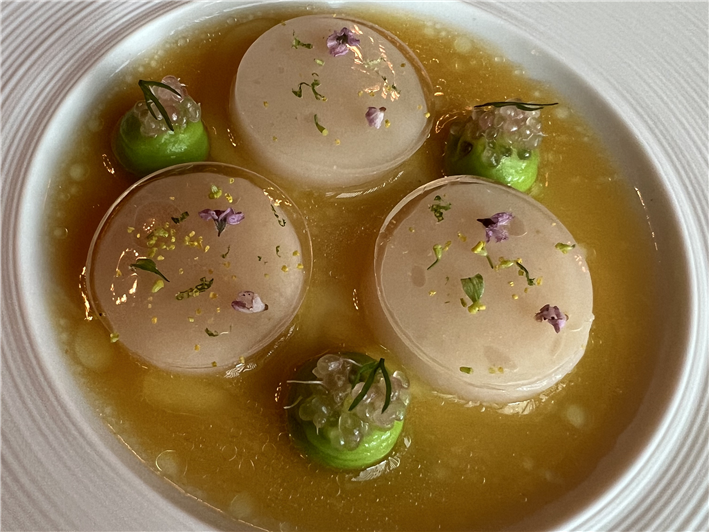
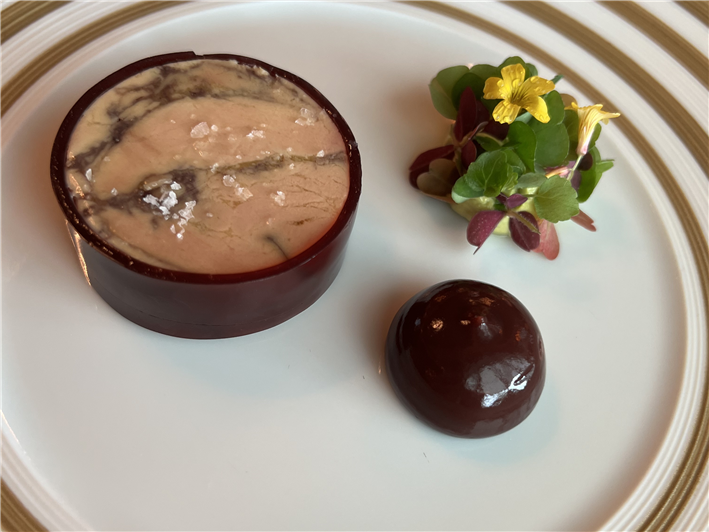

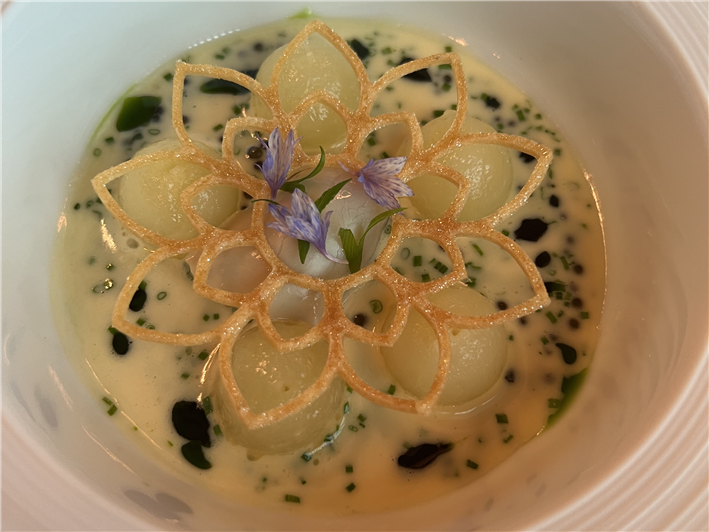
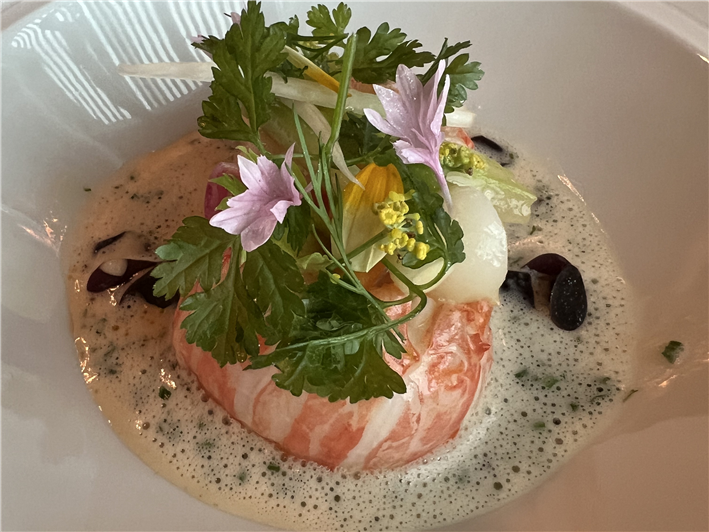
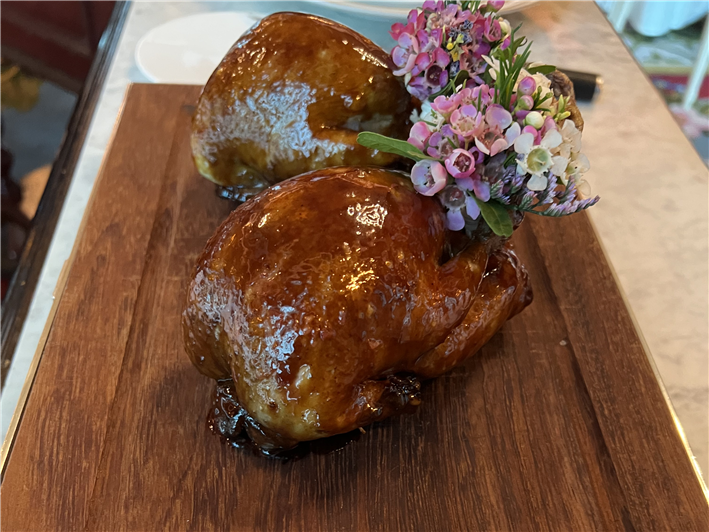
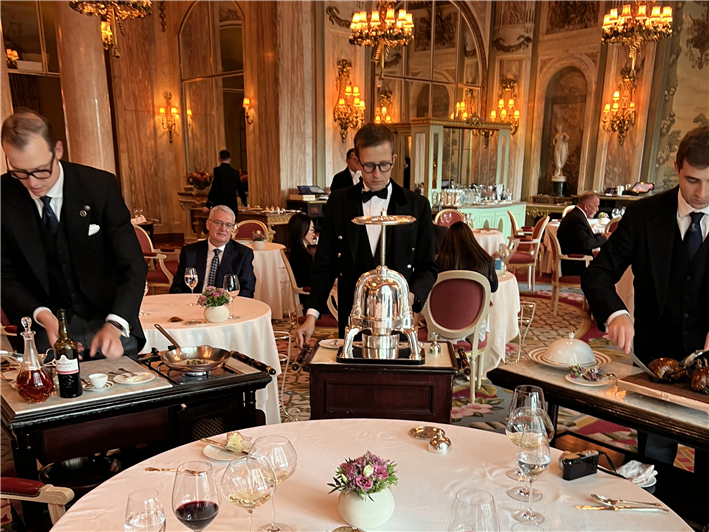
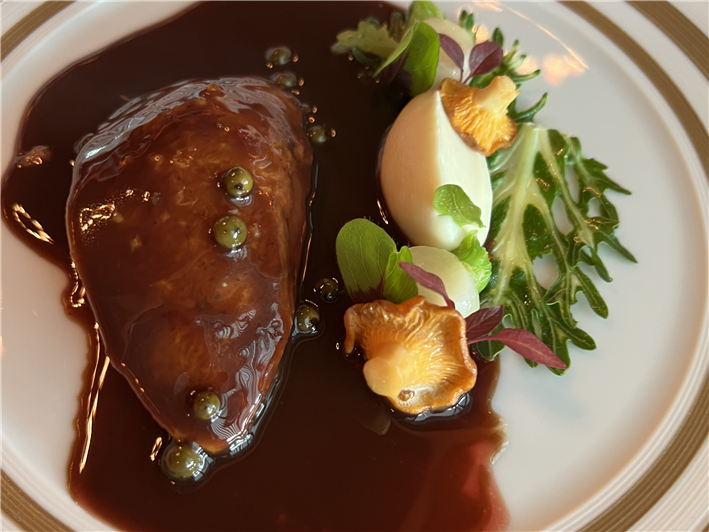

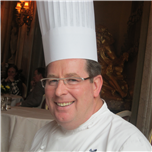
tim wharton
"For me this is the best restaurant in London, bar none." Totally agree. (But you're a hard man not to give the langoustine a la nage a 20/20 - those were some of the most memorable mouthfuls of my life...)